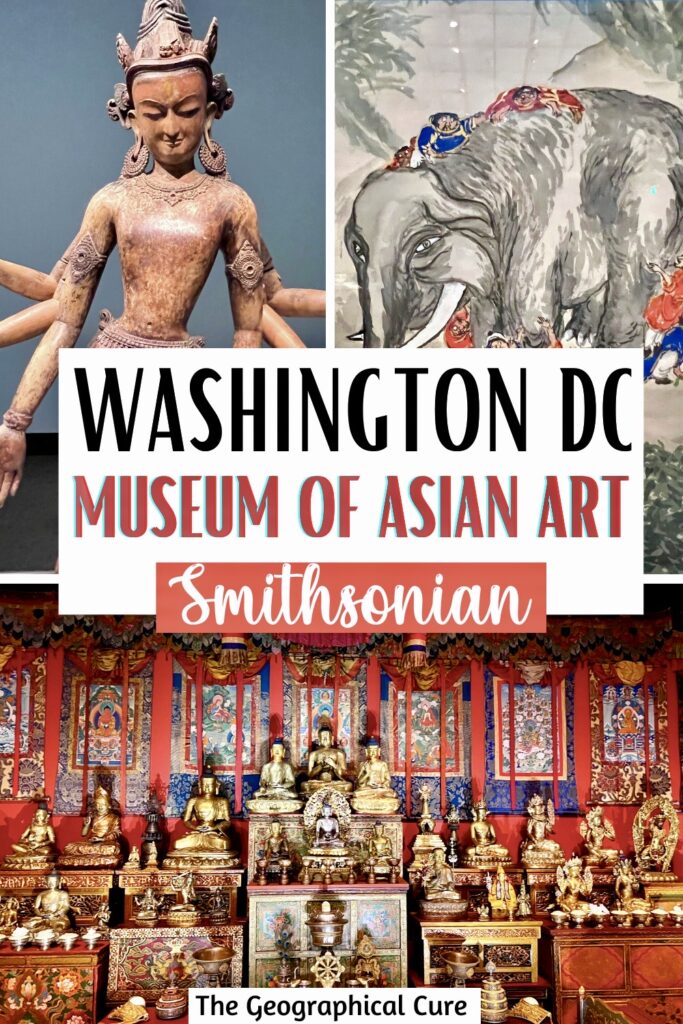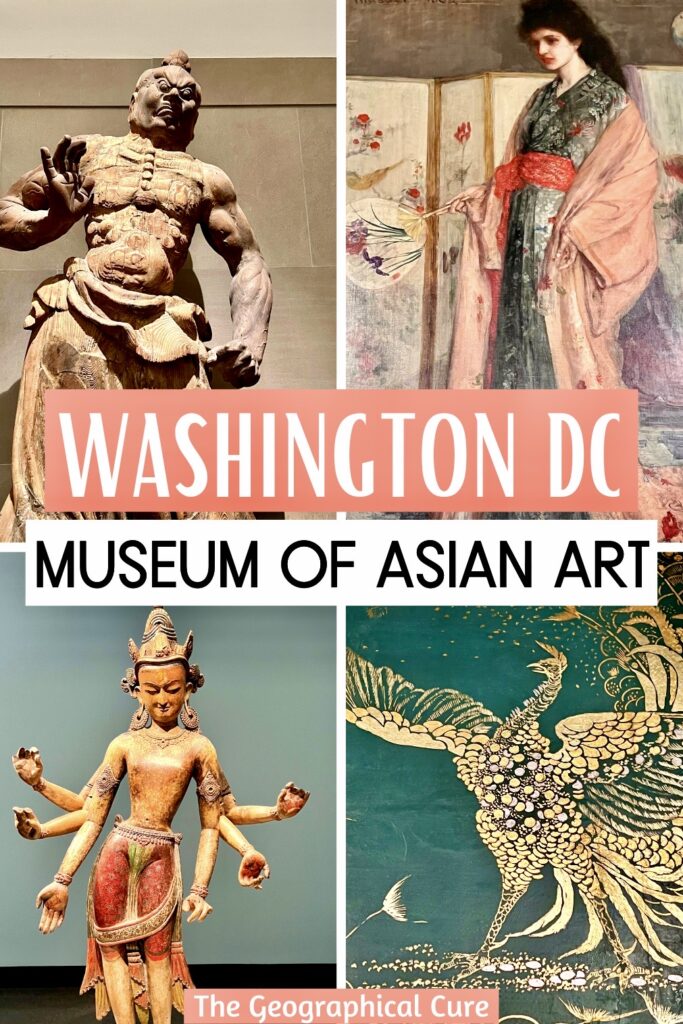If you’d like to get off the beaten path in Washington D.C., head to the underrated Museum of Asian Art on the National Mall. It’s rarely crowded and boasts a stupendous collection.
On my last visit to Washington D.C., I was excited to visit the museum, as it’s been closed off and on for renovations for years. On a visit today, you’ll have a complete reintroduction to the museum.
Founded in 1923, the Freer Gallery of Art was the Smithsonian’s first art museum. In 1987, it was joined by the Arthur M. Sackler Gallery.
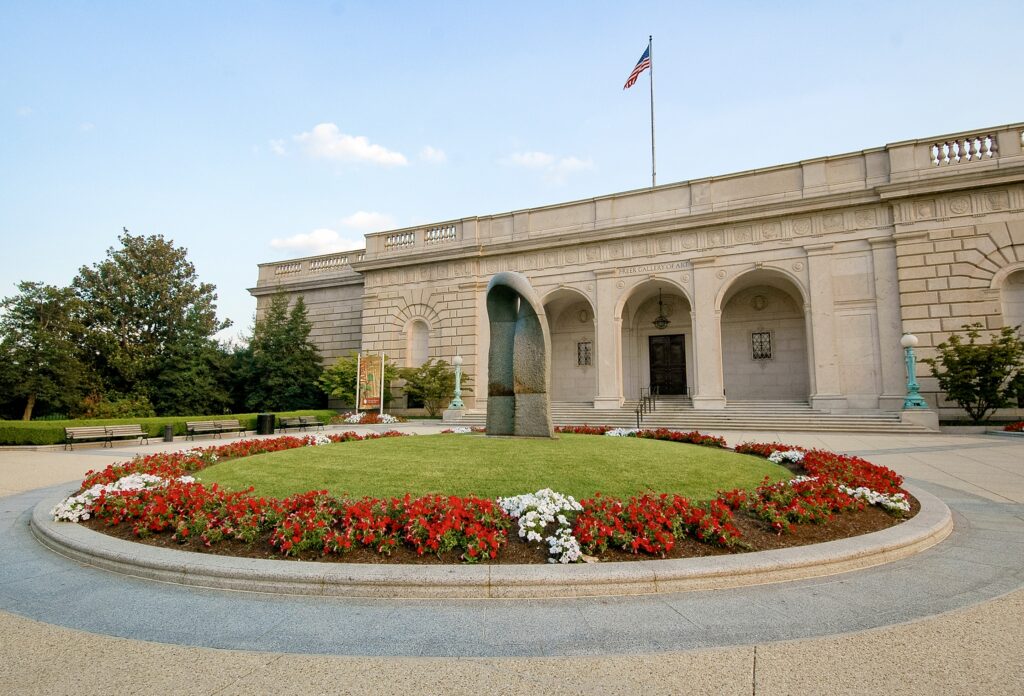
The buildings are named after the men who founded each gallery by donating their private collections to the Smithsonian.
Together, the two galleries house some 45,000 stunning Asian treasures from the Neolithic to the present day.
While the majority of the museum is Asian, there are also Asian-inspired works and 19th century American paintings in the Freer Gallery. The museum’s showstopper is the glamorous 19th century James Whistler-designed Peacock Room.
It’s a destination in and of itself. Some people visit the museum just to see this beautiful space.
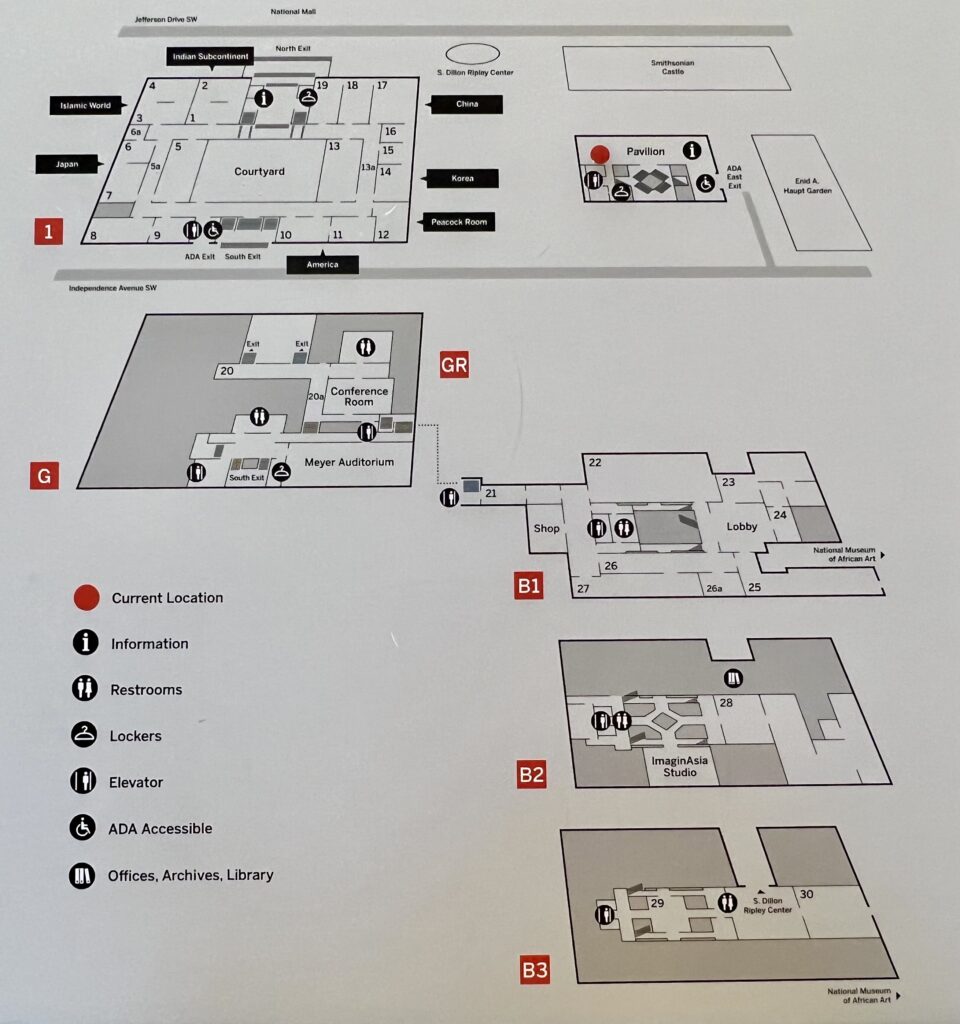
Guide To The National Museum Of Asian Art
Here’s what you can see at the Museum of Asian Art. Only a limited number of pieces from the museum’s vast permanent collection are on display at any given time.
Guide To The Sackler Gallery
The Sackler Gallery houses the collection of Arthur Sackler. In 1982, he donated 1,000 art objects and $4 million to build a museum to house them.
The Sackler Gallery was renovated in 2016-17 and the Smithsonian is planning a new facade. It now features newly installed collection galleries and four new temporary exhibition spaces.
Unlike the Freer Gallery, the Sackler Gallery can loan its works and borrow others for special exhibitions.
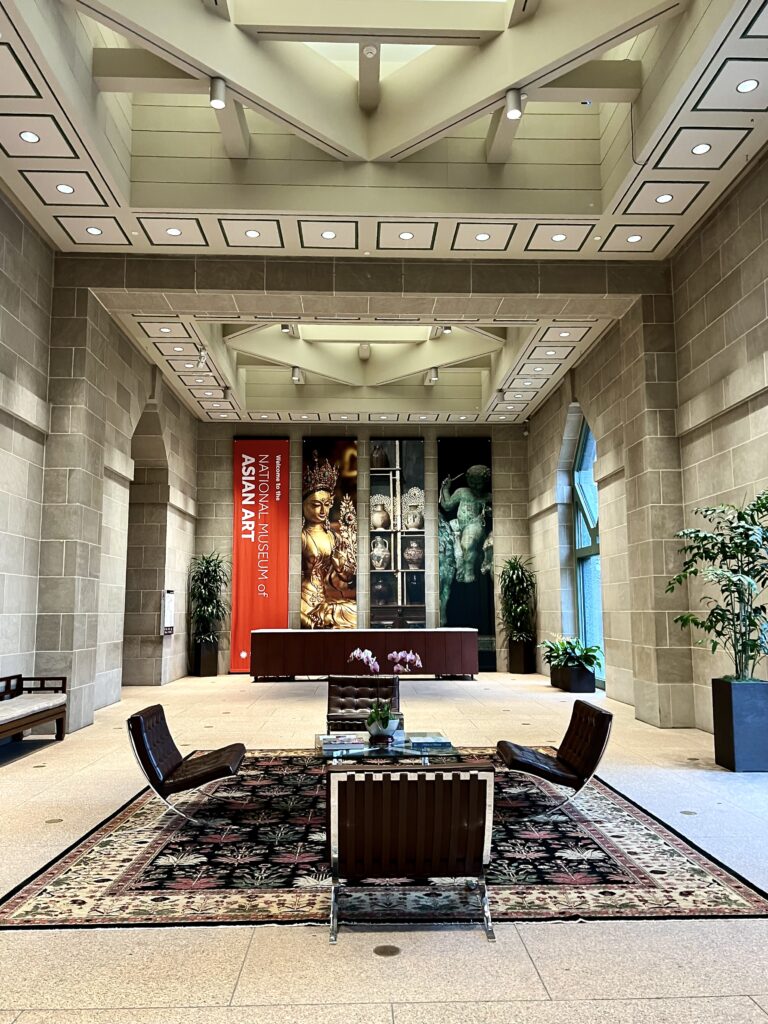
Sackler Name
First, let’s address the elephant in the room — the museum’s use of the Sackler name, which is the most toxic name in philanthropy at the moment.
Unlike other museums like the Met and the Louvre, the Museum of Asian Art has not removed the Sackler name from the building.
As you likely know, the Sackler family played a direct role in the opioid crisis as the the maker and marketer of OxyContin. The museum has a plaque up acknowledging the besmirched Sackler legacy.
But removing a toxic name is not so easily done. Under contract law, the museum is legally obligated to keep the Sackler name “in perpetuity.” Removing it would likely jeopardize the museum’s ownership of the art works.
To help rebrand the museum, the Sackler Gallery and the Freer Gallery now go under the umbrella tagline of the Museum of Asian Art. The museum thinks this better unifies and clarifies the mission of the joint institutions.
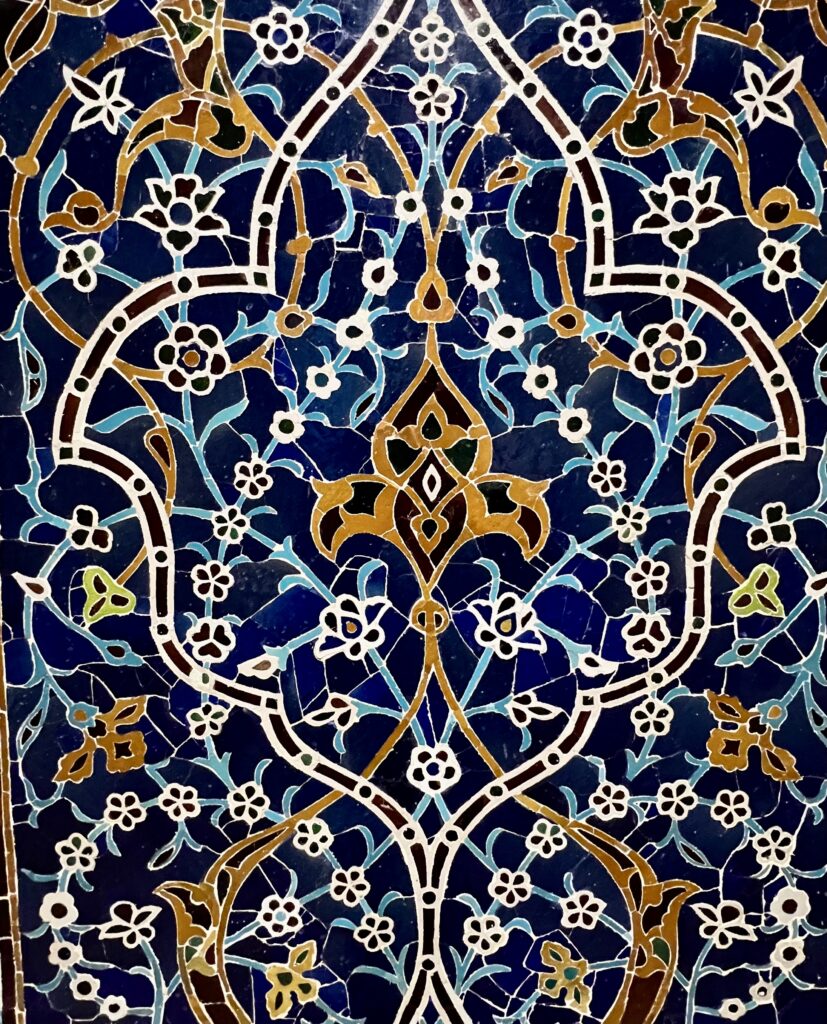
And, yet, the renaming inaccurately labels the Freer Gallery, which is a broader collection not limited to strictly Asian art.
It’s also worth noting that of the three Sackler brothers, Arthur Sackler died a decade before OxyContin’s release and his heirs did not benefit from its production and distribution.
I don’t find this rationale terribly convincing. Arthur invented the aggressive playbook and blatantly deceptive advertising practices that Purdue Pharma used to market OxyContin. So, he certainly does not have entirely clean hands.
In 2011, to prevent situations like this in the future, the Smithsonian adopted a rule setting a 20-year expiration date on naming rights. This precludes donors from requiring “in perpetuity” naming rights in donation agreements.
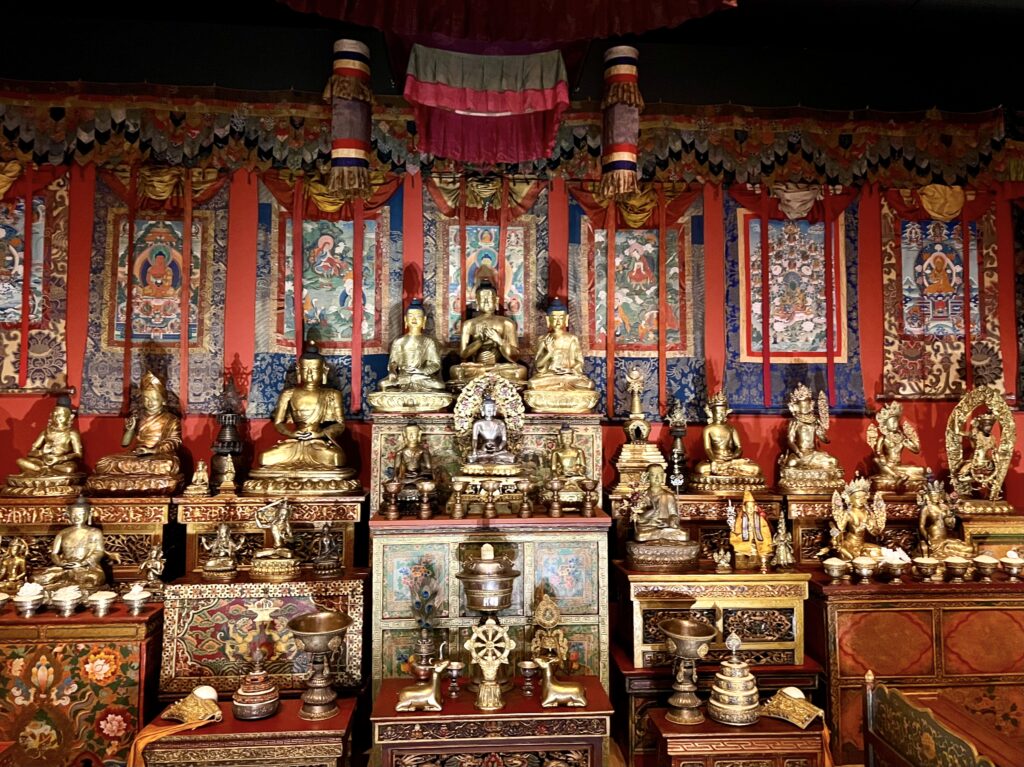
What to See In the Sackler Gallery
In the Sackler Gallery almost all the objects are small and contained.
One exception, and one of the first pieces you’ll see, is a Tibetan Buddhist Shrine Room.
The room is a fantasia of more than 200 sacred objects and Buddhist figures. You almost expect to smell the scent of incense.
From there, you enter rooms with art work from South Arabia, Yemen, the Near East, and Iran.
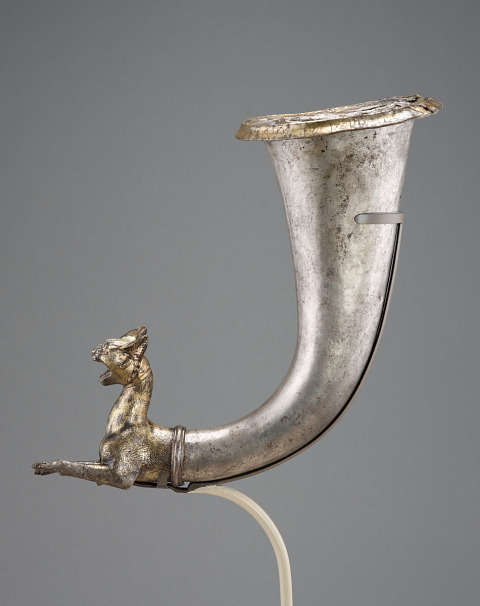
Highlights include an extensive collection of Chinese jade and bronzes, a selection of modern Japanese ceramics, Thai earthenware, and a range of South Asian sculpture.
The exhibits from ancient Iran were especially beautiful. You’ll see deep bowls, footed plate, and elaborate drinking vessels.
One unusual object is a drinking horn, called a rhyton, with a fierce lynx at the end. It’s from the 1st century B.C.
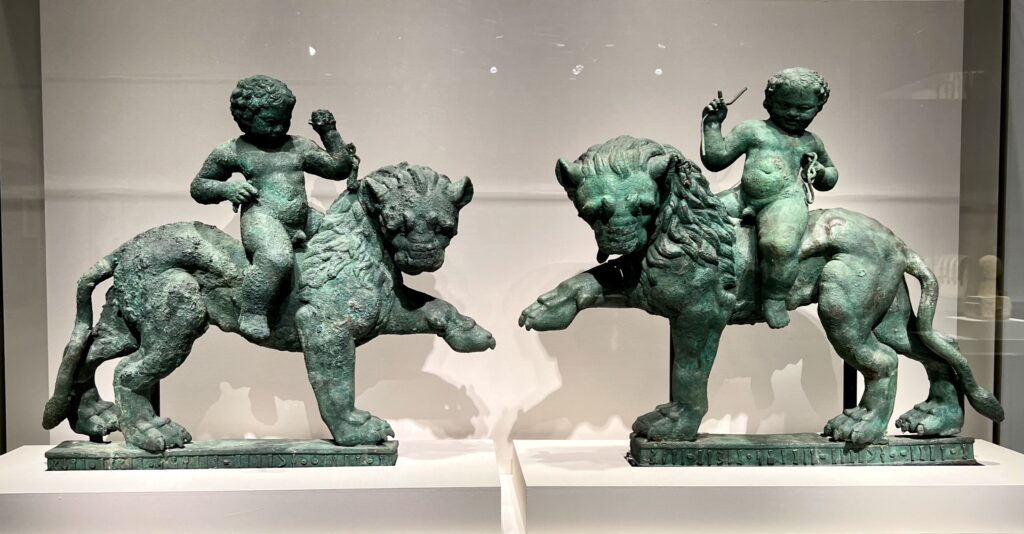
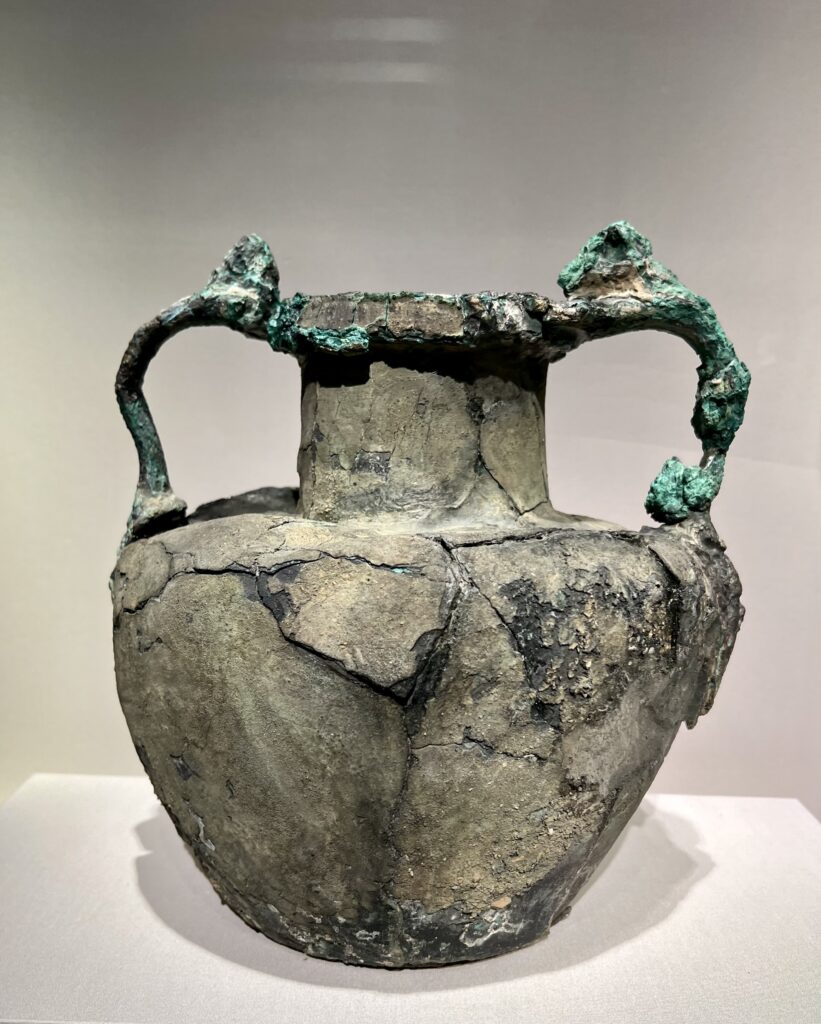
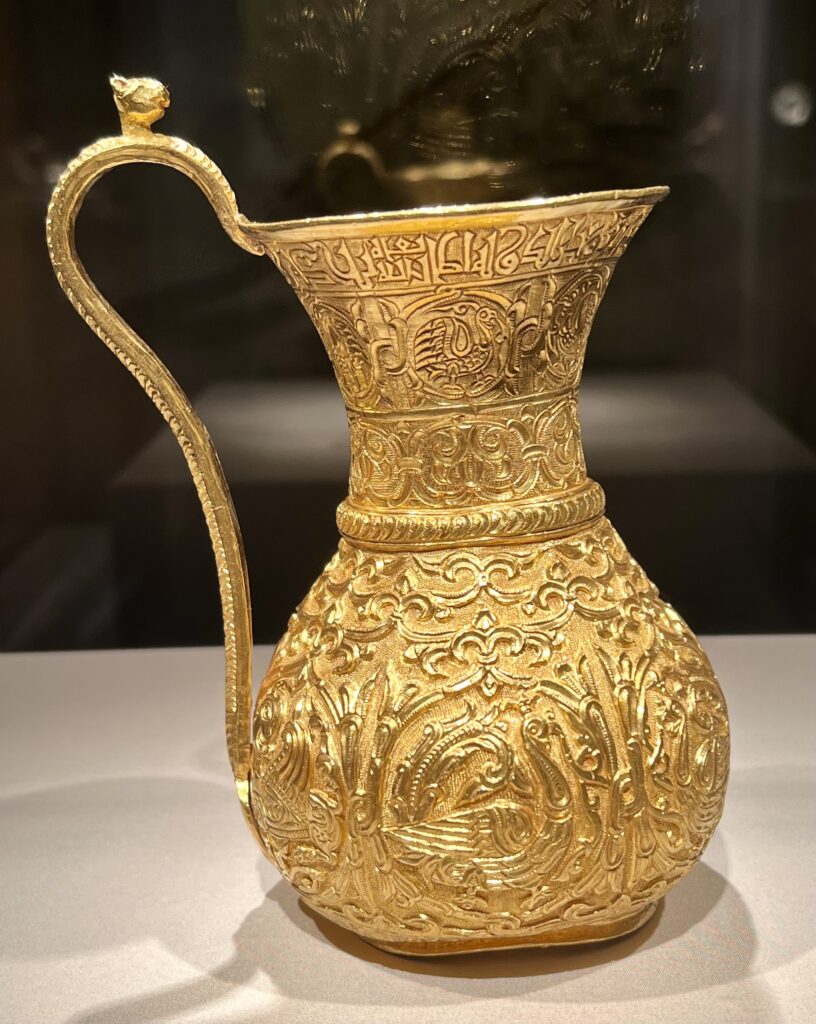
Guide To The Freer Gallery
The FreerGallery was the first Smithsonian art museum, opening its door in 1923. It’s connected to the Sackler Gallery through underground corridors.
The Freer is housed in a building that looks like a Renaissance palace in Florence. It’s a beautiful museum space that recently underwent a six year renovation. It just re-opened in May 2022 and boasts a stupendous collection.
Charles Freer, a self made railroad tycoon, bequeathed his art works to the nation upon his death in 1940. President Theodore Roosevelt urged an initially reluctant Smithsonian Board of Regents to accept Freer’s gift.
The museum thus became the first American public collection devoted primarily to the art of Asia.
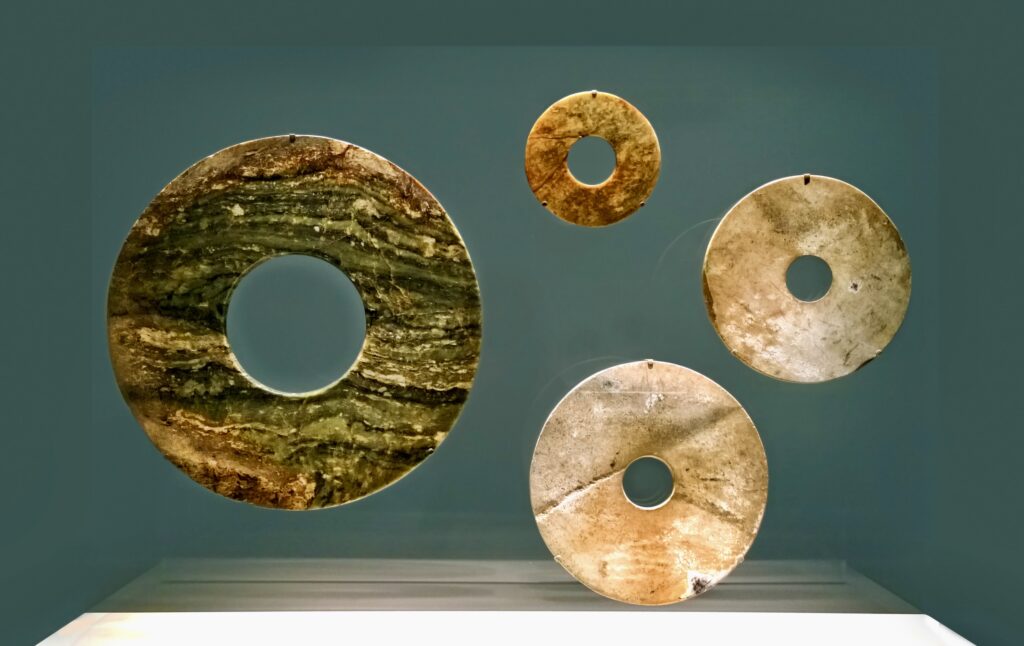
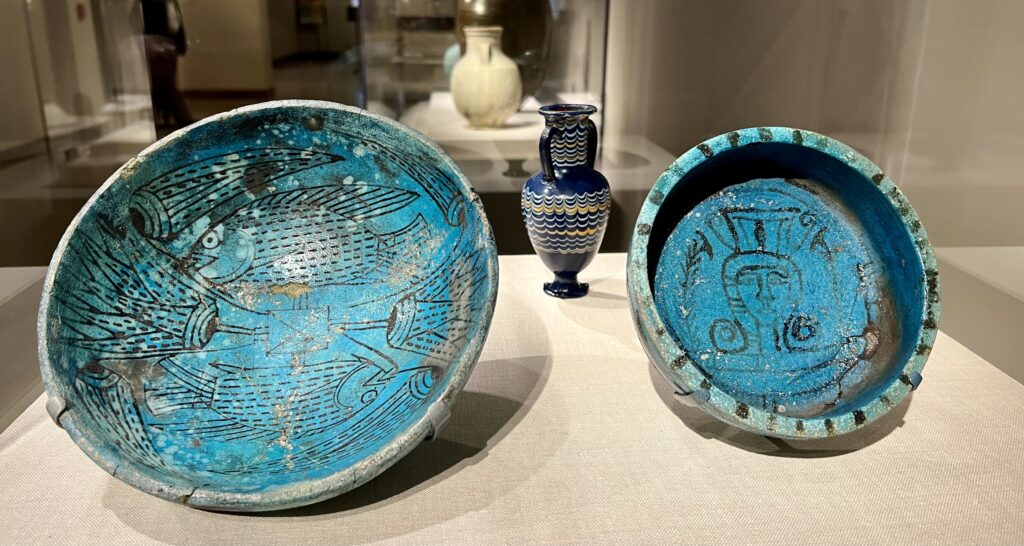
At first, Freer stipulated that the collection could not be changed and no art work could be loaned out. He later relented, and permitted additions to the collection. But the prohibition on loans remains in place.
What To See At The Freer Gallery
The Freer galleries are clustered around a central courtyard.
Each room takes up a basic theme — Chinese jade, body image in Indian art, or cultural exchange between Islam and the East.
In the corridors, you’ll see two large, wooden guardian figures. They once protected the Buddha and his followers against evil, standing outside a Japanese temple.
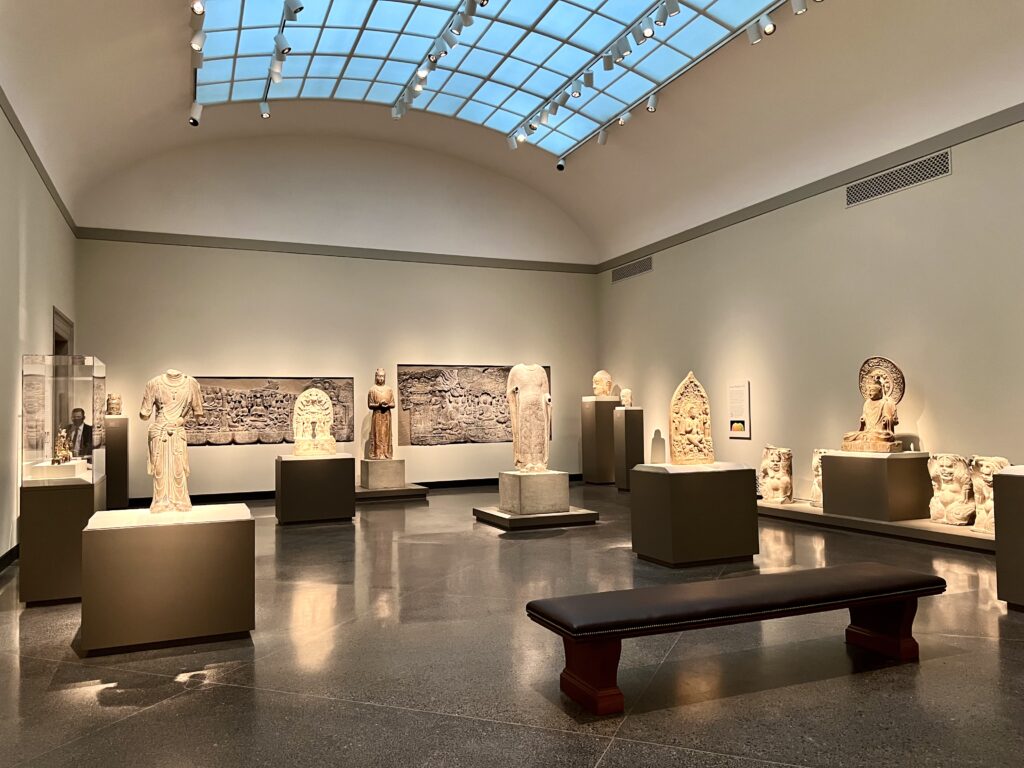
Centuries ago, the guardians were painted. But the colors have faded because they were outside. They have fierce, glowering facial expressions.
The Freer has fine art from the classical antiquity of China, the Far East, Japan, Korea, Tibet, India, Iran, Syria, and Egypt.
You can admire examples of bronze, jade, pottery, lacquer, sculpture, glass, metalwork, buddhas, and Japanese screens.
I especially loved the Hindu bronzes and bodhisattvas. (A bodhisattva is a person on the path to becoming a buddha.) The folding Japanese screens from the 15th–19th century are also quite lovely.
The Chinese ceramics are much more diverse than I expected. I thought I’d see a trove of the classic blue and white Ming dynasty porcelain. But instead I fell in love with the monochromatic glazed pottery.
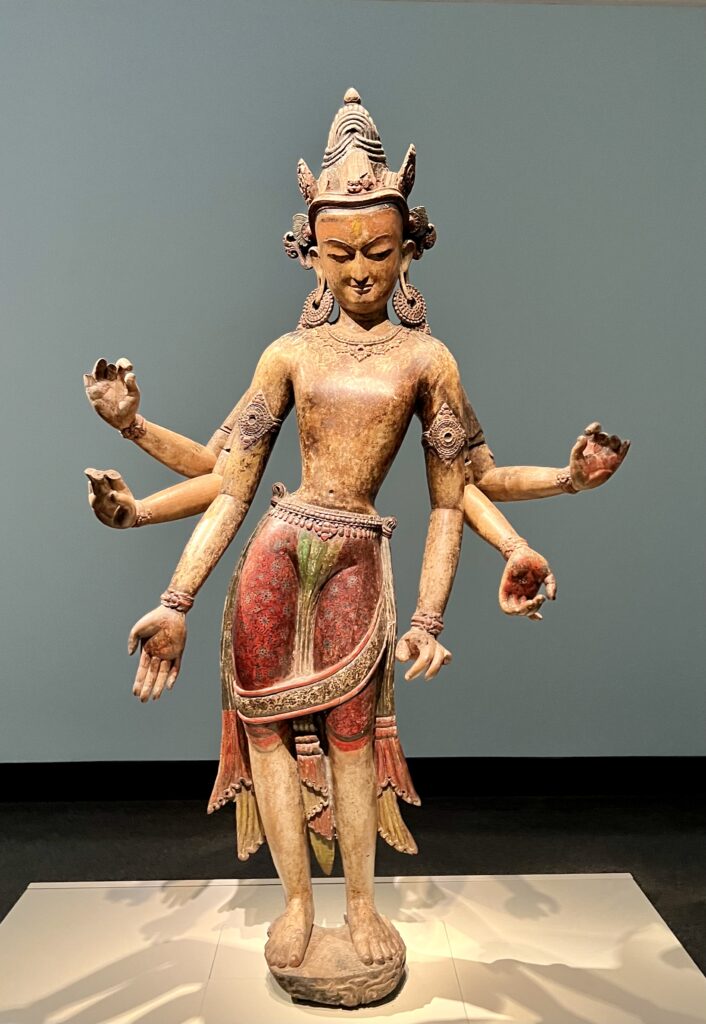
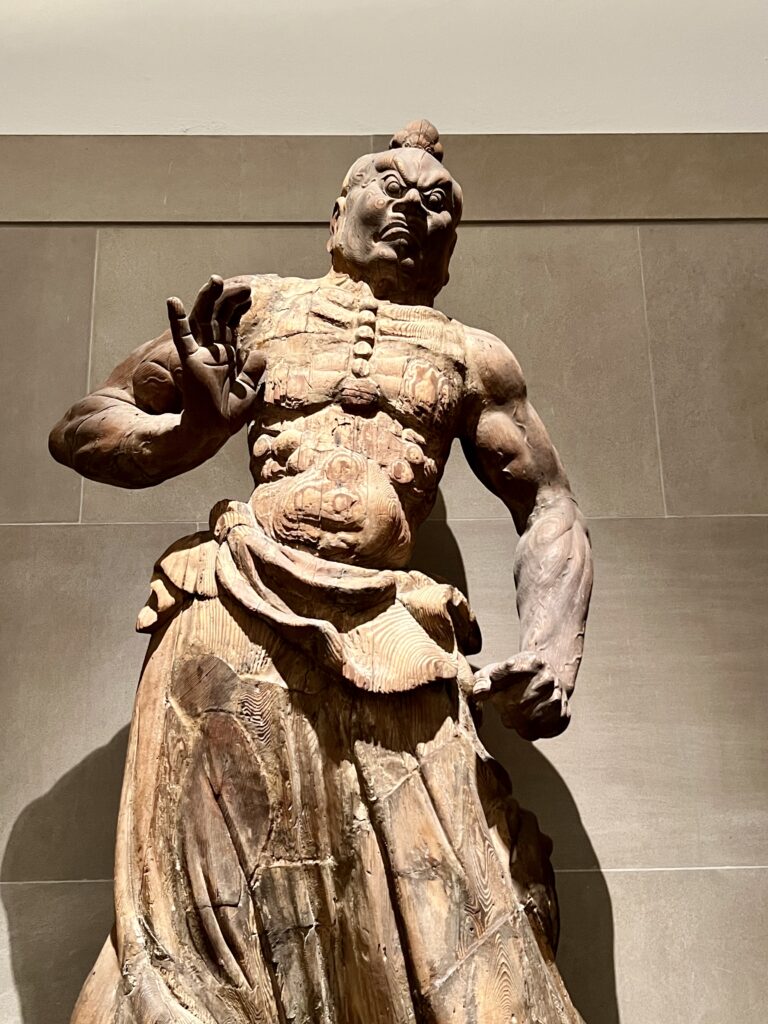
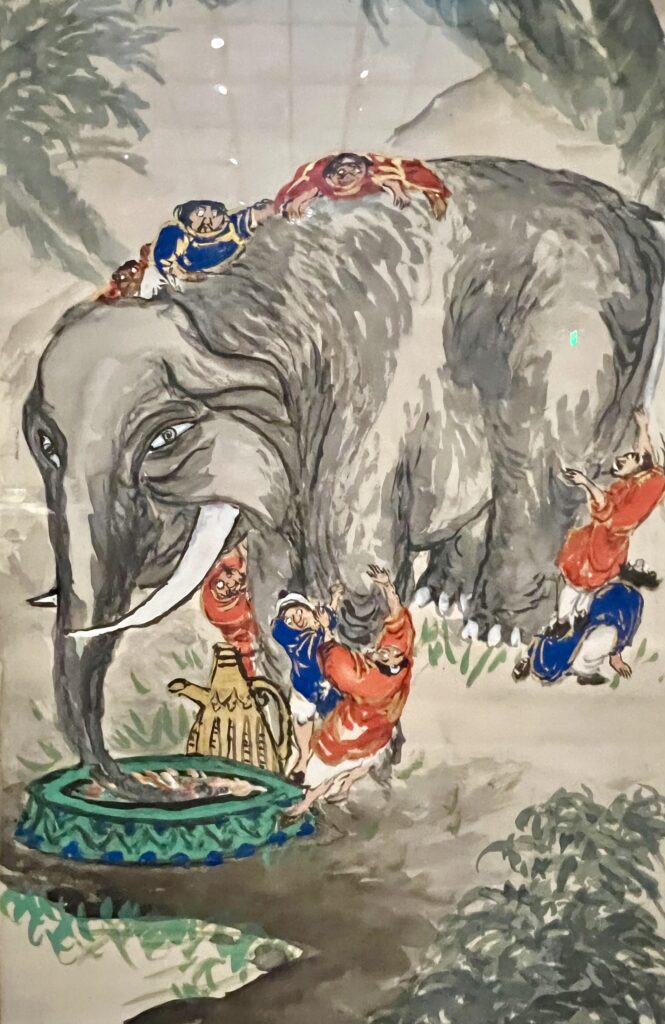
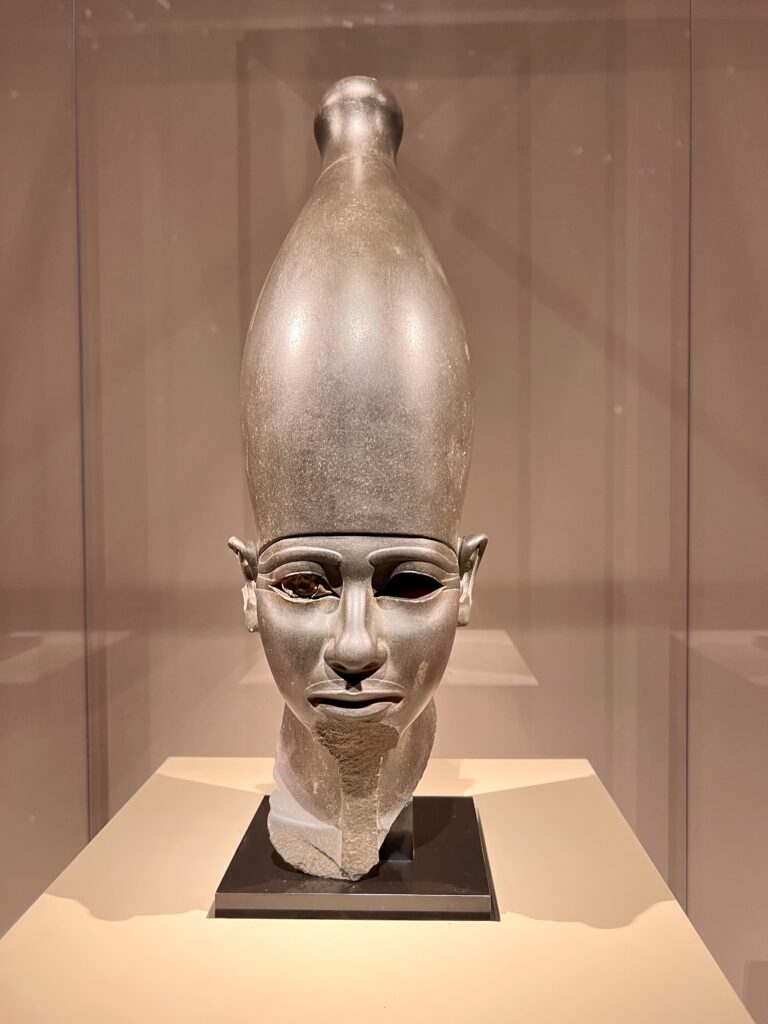
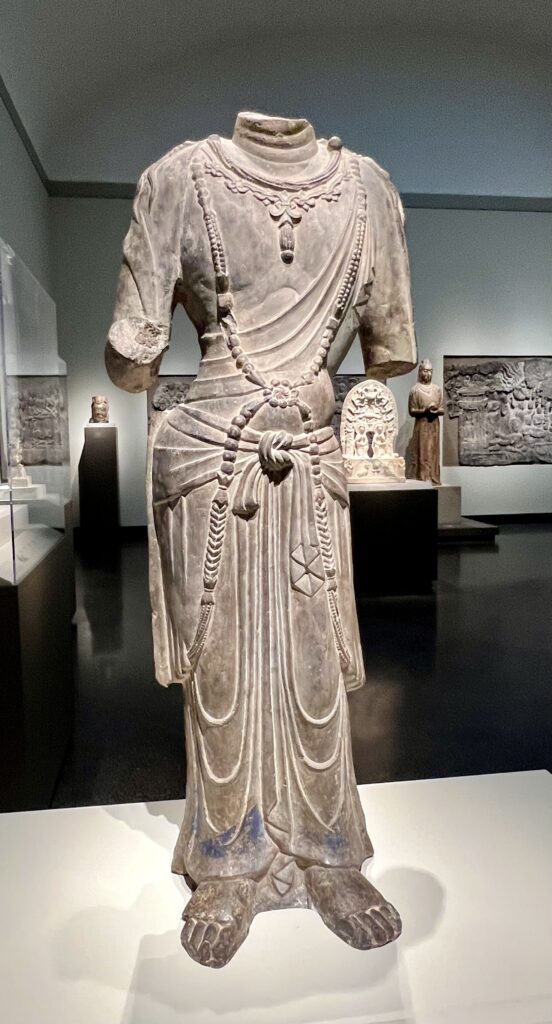
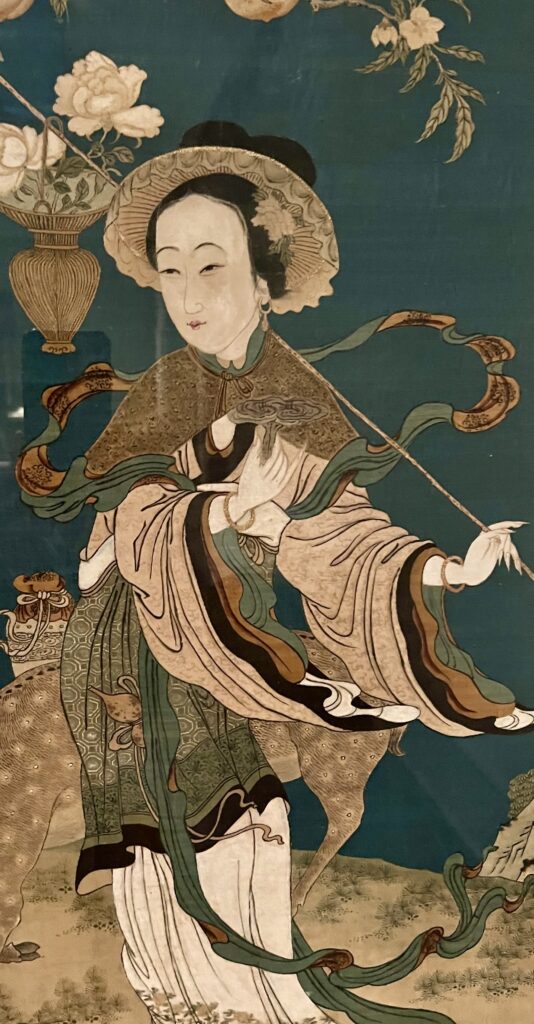
Freer also collected paintings by 19th century American artists, including James Whistler, Winslow Homer, Child Hassam, Thomas Dewing, and John Singer Sargent. One of my favorites is Sargent’s Breakfast in the Loggia.
Under the terms of his endowment, this particular part of the collection cannot be expanded.
Whistler’s Peacock Room
The highlight of the Freer Collection is the famous Peacock Room decorated by Whistler. It’s one of the most extravagant 19th century interiors in existence and has an intriguing back story.
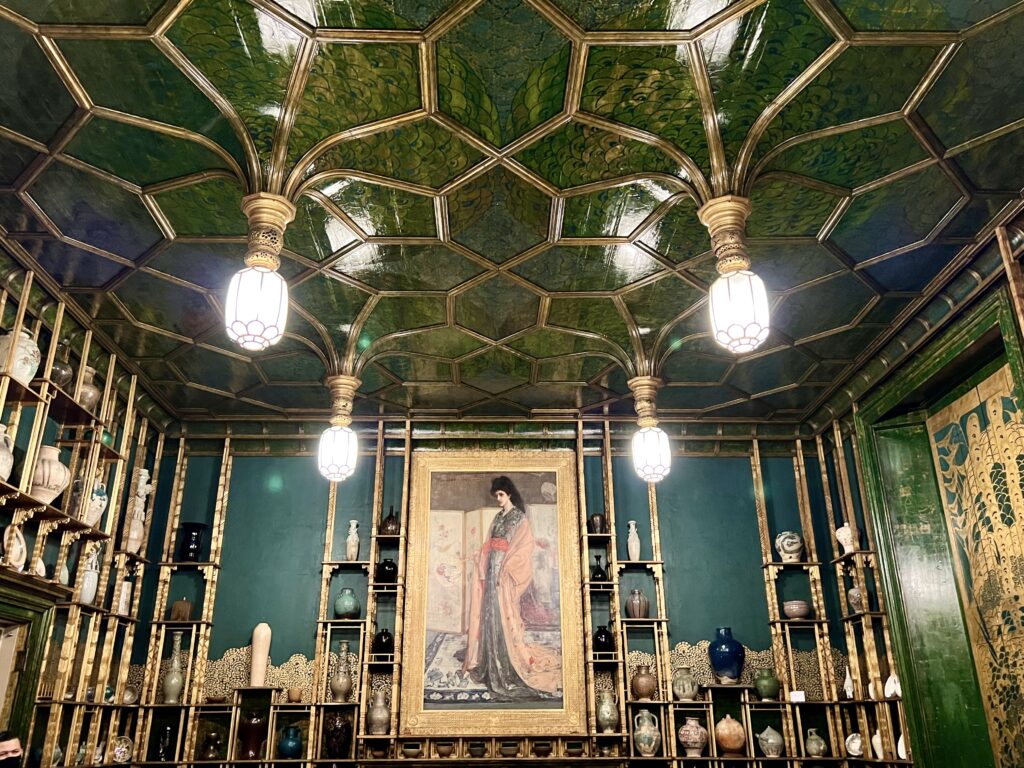
In 1876, Whistler created the room for the dining room of British shipping merchant F. R. Leyland. But they hadn’t agreed on the decor in advance. When Leyland left town and inspired by the mania for all things Asian, Whistler took excessive decorative liberties.
Leyland ended up hating the extravagant Chinese-style room. It ruined the pair’s 10 year patron-artist relationship.
Disputes over aesthetic style and payment for unauthorized work ensued, splashing into the public realm. To his lasting credit, Leyland maintained the room, recognizing that it was a total work of art.
After Leyland’s death, the room was sold to a dealer. In 1904, Freer — an avid Whistler fan — purchased the room intact and installed it in his Detroit mansion. This is the room you see in the museum.
The room is a harmony of Prussian blue, turquoise green, and gold. It has an Art Deco feel of unabashed luxury, yet is still well-balanced.
Its centerpiece is Whistler’s exquisitely modulated painting Rose and Silver: The Princess of the Land of Porcelain, perched above the fireplace. He decorated the room around this painting.
The shelves are filled with Freer’s collection of 250 matte earthenware ceramics from Syria, Iran, Korea, China, and Japan. For myself, I think they look better than Leyland’s blue and white porcelain collection would have.
The Neo-Gothic ribbed ceiling is made of leather and has 8 pendant light fixtures. The walls are decorated and gilded with shimmering and iridescent peacocks and intricate patterns.
The doors and woodwork have thin sheets of gold. Feathers are everywhere.
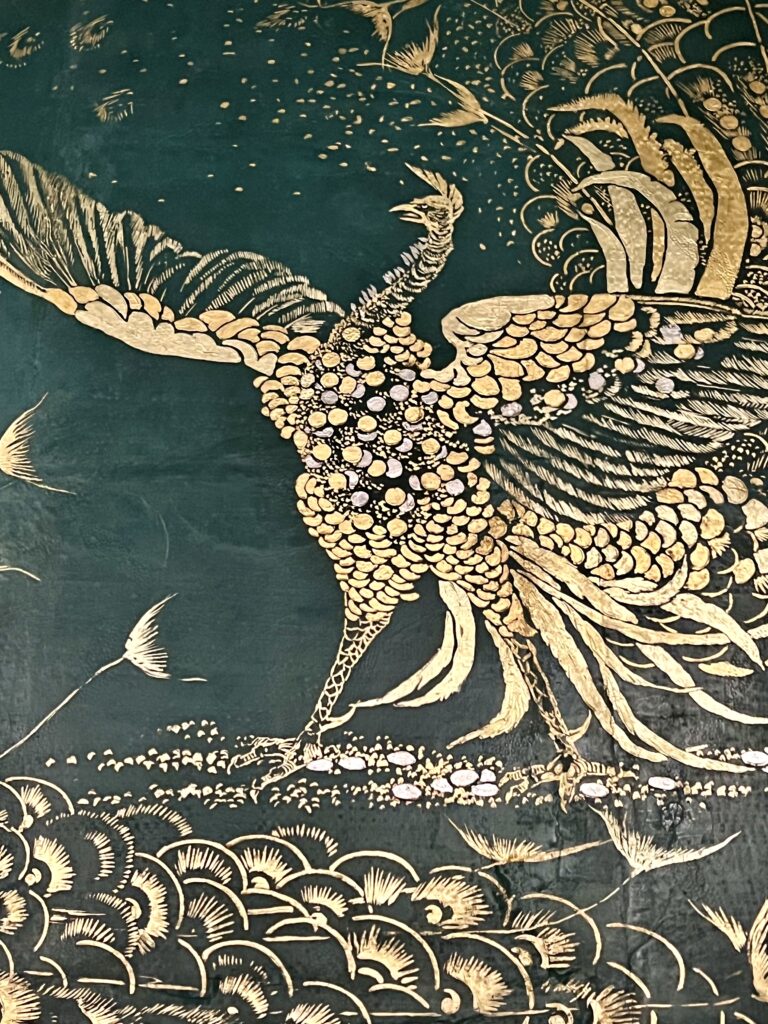
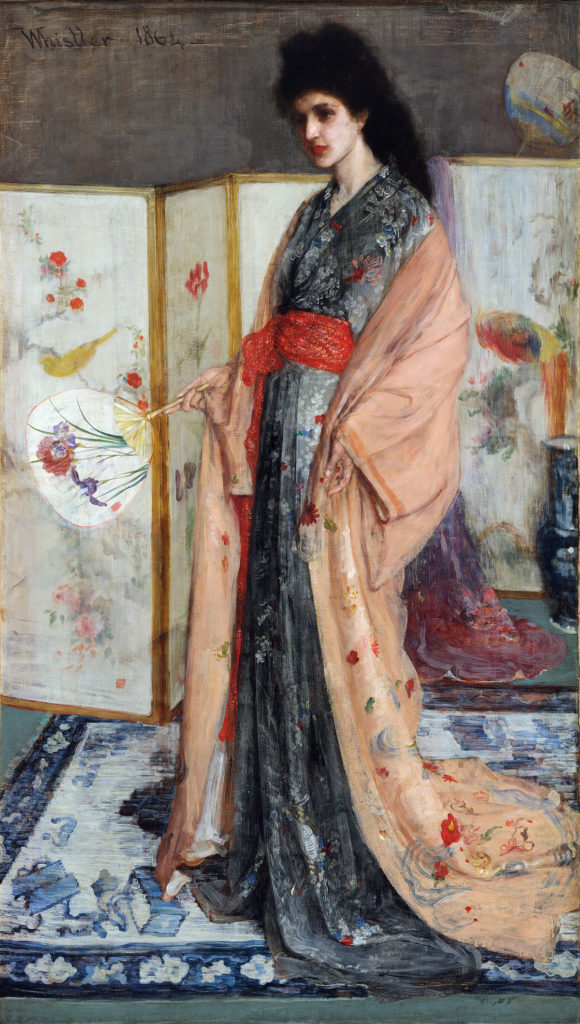
When Leyland announced he didn’t much like the room, Whistler added an elaborate painting of two peacocks fighting over money. The artist said it represented the “conflict between nobility and vulgarity.”
The Peacock Room was just renovated and reopened to the public in September 2022. It practically glows.
In an adjacent gallery, you can admire Whistler’s “nocturnes.” They are part of a series of 32 paintings of London after dark.
The near-abstract landscapes are in shades of blue and gray. Their flat composition shows the influence of Japanese woodblock prints.
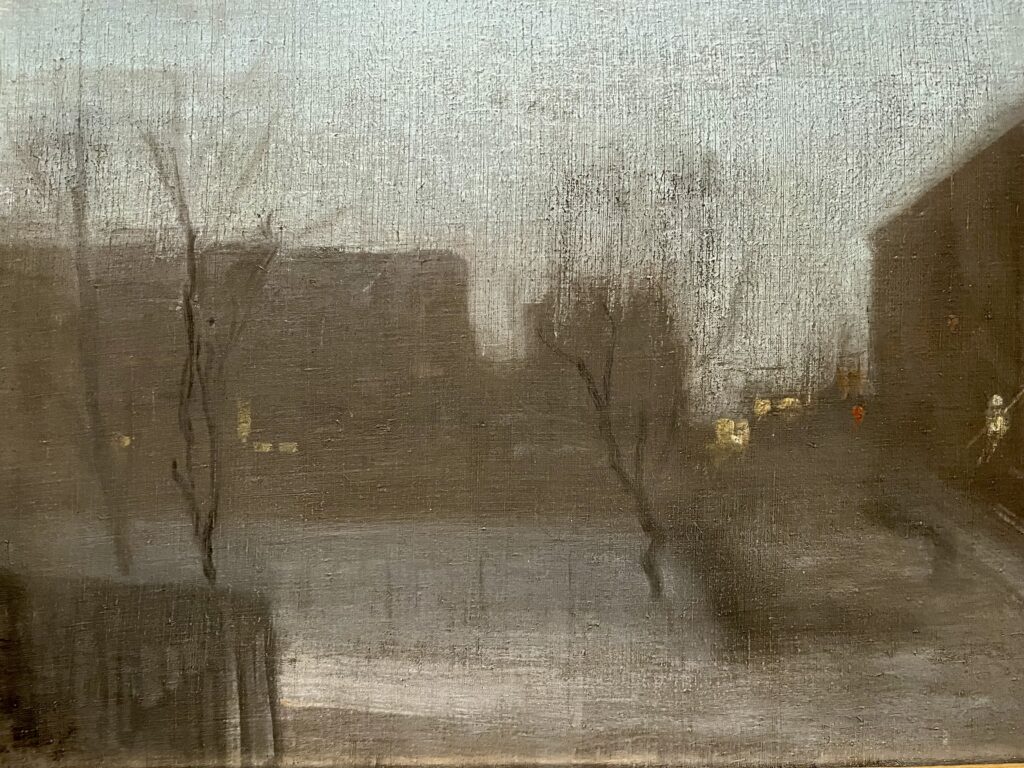
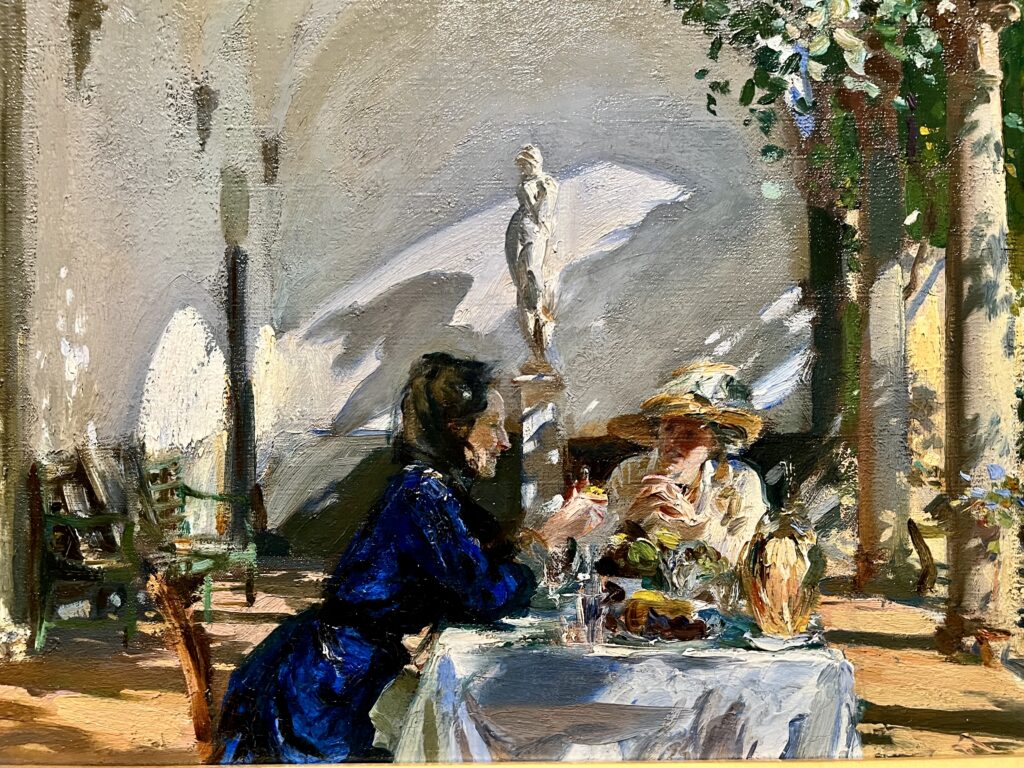
Practical Guide & Tips For Visiting The Museum Of Asian Art
Here are some must know tips for visiting the museum.
Address: 1050 Independence Ave. SW. I entered the Sackler Gallery first. It’s just to the right of the Smithsonian Castle.
Hours: Open daily 10:00 am to 5:30 pm.
Tickets: Free admission
Metro: Smithsonian or L’Enfant Place
Pro Tips:
The museum is rarely crowded. Plus, as a bonus, the Sackler Gallery has constantly changing exhibits that reward repeat visits. Before you visit, you can check out the museum floor plan.
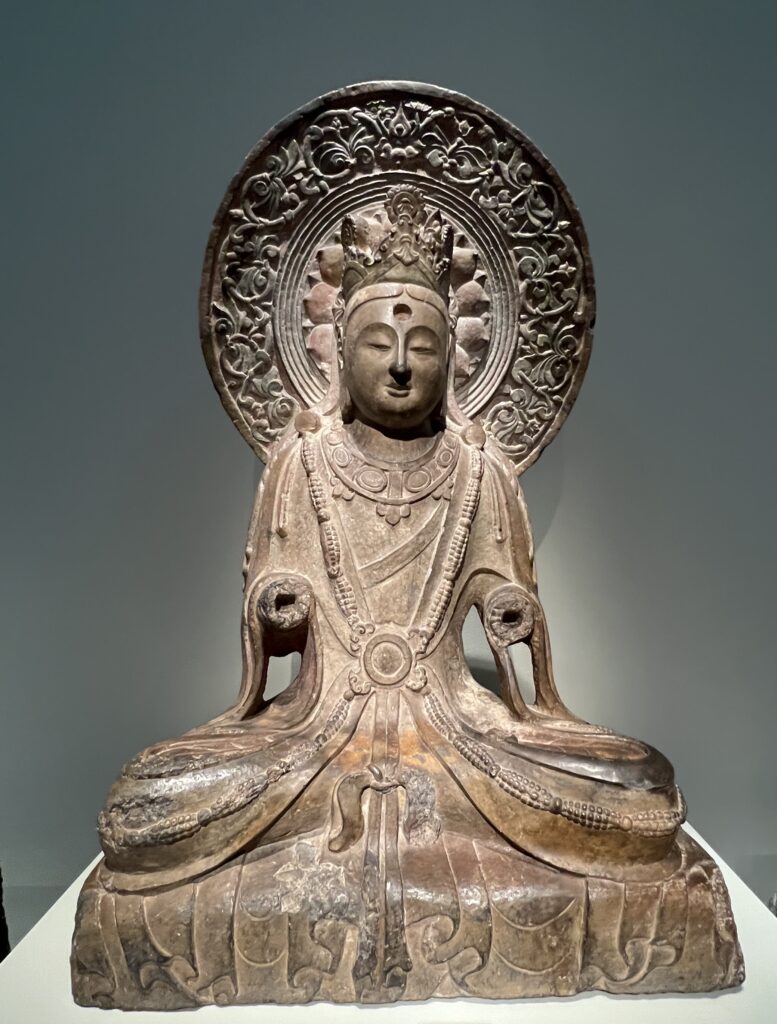
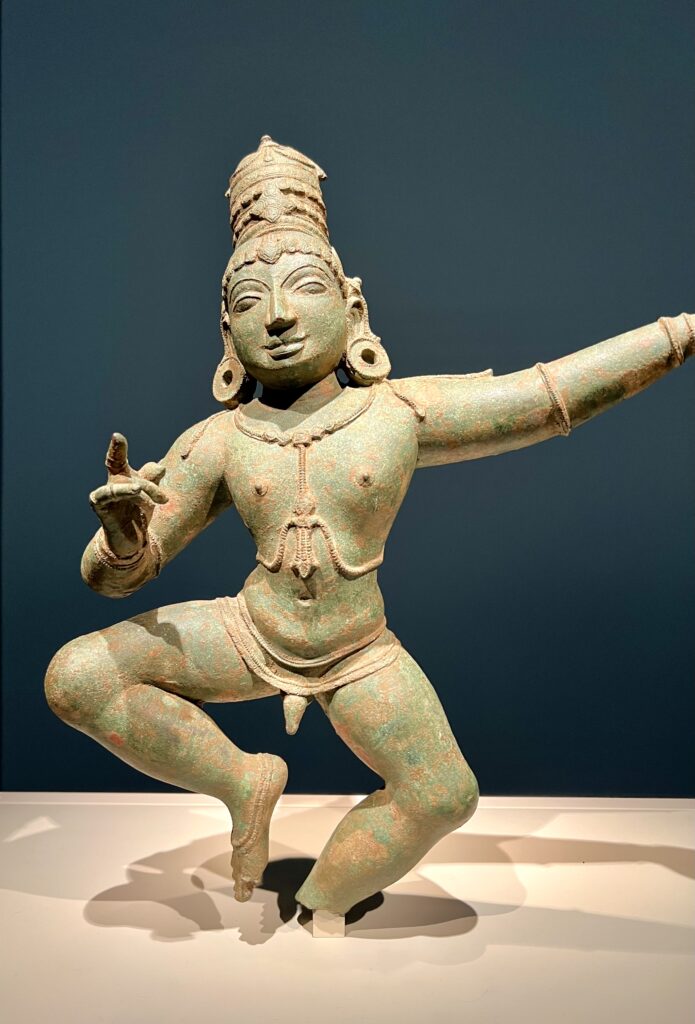
To protect the exhibits, you cannot enter the museum with a large bag or carry anything on your back.
You can use non-flash photography. No tripods or selfie sticks permitted.
Unless you’re a specialist in Asian art (I’m not), I recommend going on one of the museum’s free guided tours. Check the website and plan your visit around one. Otherwise, plan to allot 2 hours to visit the museum.
If you’ve been to the museum before, you may want to check out the special exhibitions on display in the Sackler Gallery.
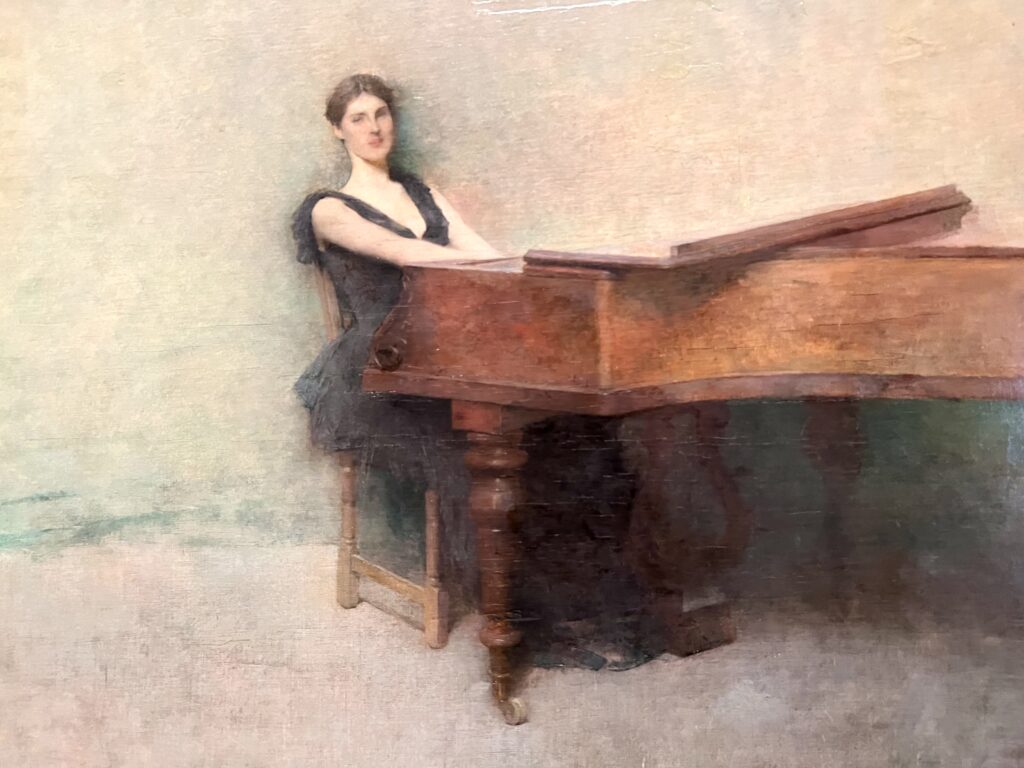
If you only have time for one gallery, I’d choose the Freer Gallery. I preferred it myself, perhaps because the collection is more diverse.
There is also a museum shop located on level B1 of the Sackler Gallery. You can buy unique products and gifts inspired by the art, culture, and history of Asia. You can also check out the online shop.
I hope you’ve enjoyed my guide to the National Museum of Asian Art. You may enjoy these other Washington D.C. travel guides and resources:
- 2 days in Washington D.C. itinerary
- Guide to the National Mall
- Guide to the Holocaust Museum
- Guide to the National Gallery of Art
- Guide to the National Portrait Gallery
- Guide to the Hirshhorn Sculpture Gallery
- Guide to the Phillips Collection
- Guide to the Museum of African American History and Culture
If you need a guide to the Museum of Asian Art, pin it for later.
